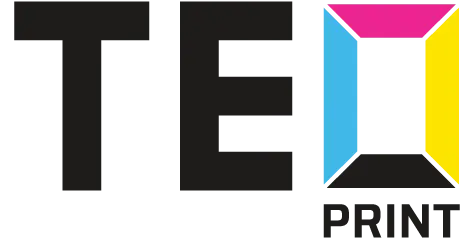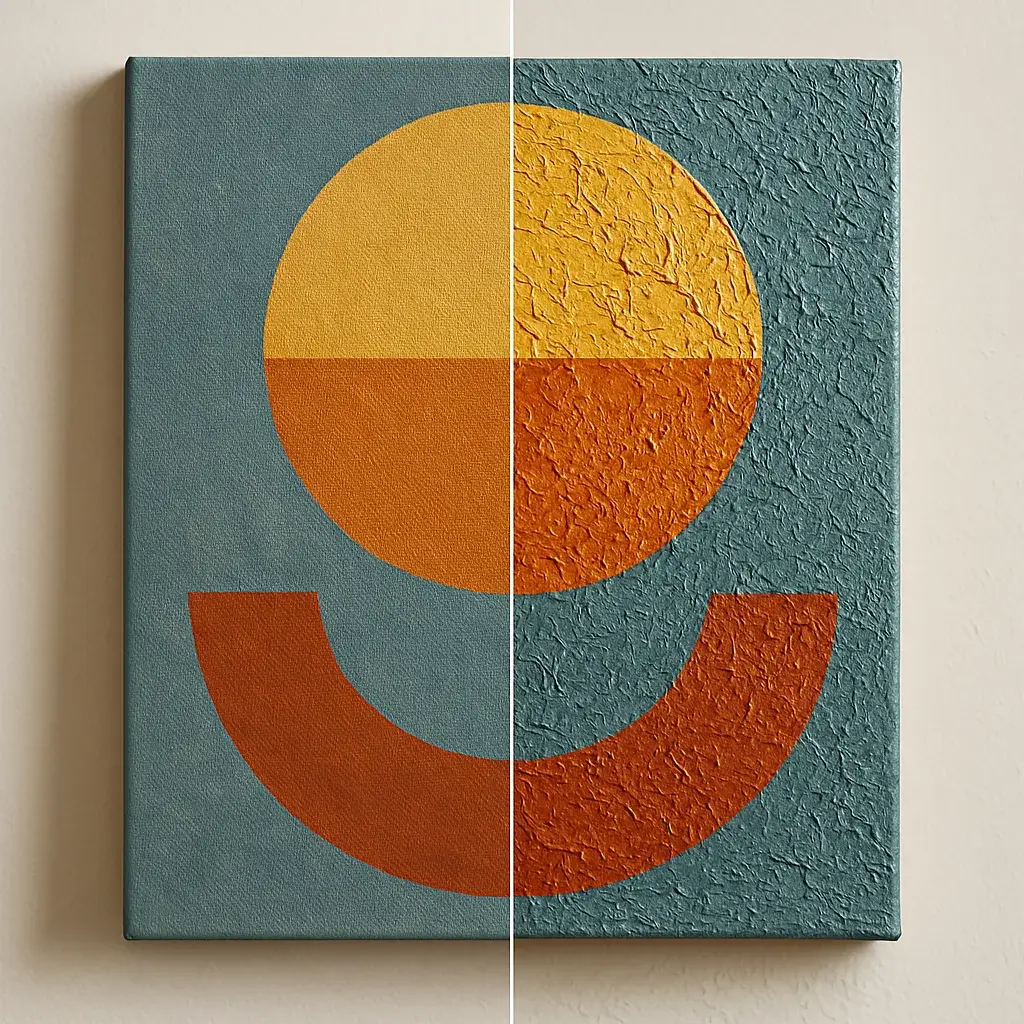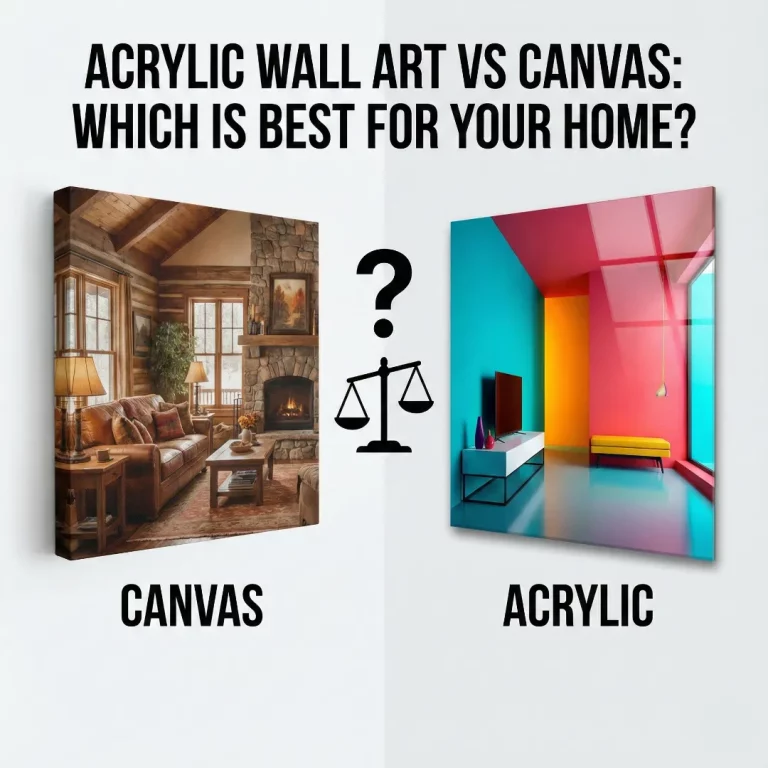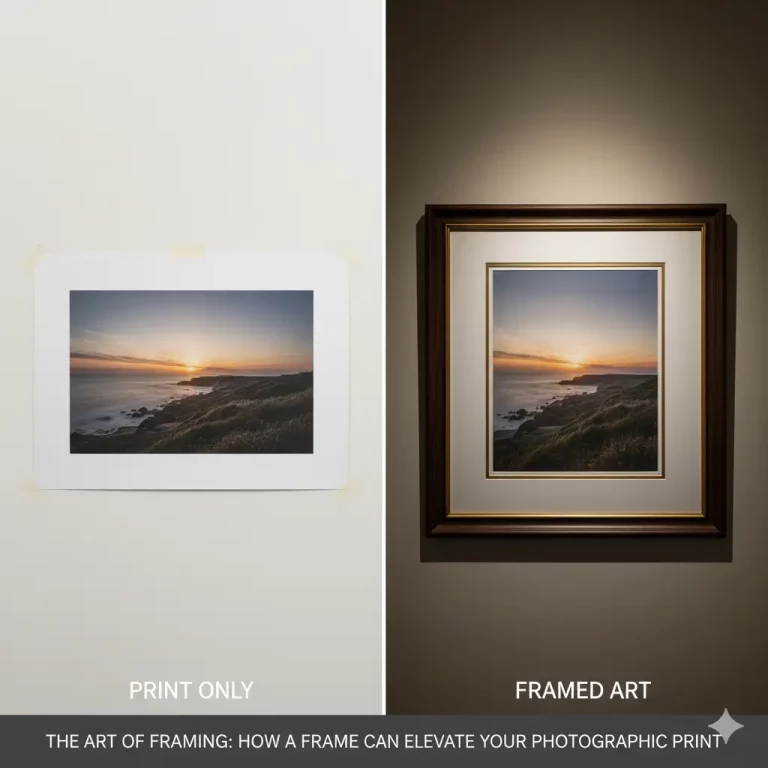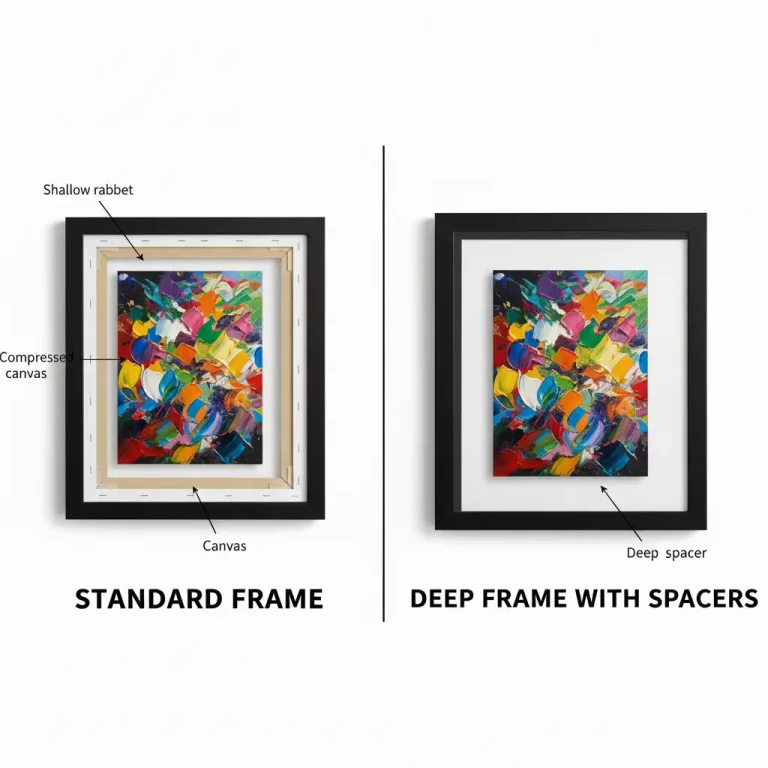We all love the classic appeal of canvas prints. They transform our favorite photos and digital art into tangible pieces ready to hang on our walls. But what if you could take that transformation a step further? What if your print didn’t just show texture, but actually had texture you could see and feel?
For artwork with bold brushstrokes, intricate details, or rich textures, a standard flat print can sometimes feel like it’s missing something. That crucial element of depth that makes the original piece so captivating can get lost in translation.
Enter 3D canvas printing – an innovative technique designed specifically to bridge that gap. It’s revolutionizing how we display art by adding a tangible dimension to prints. If you’re looking to make your artwork truly pop and grab attention, understanding this exciting technology is key.
This post will dive deep into the world of 3D canvas printing. We’ll explore exactly what it is, how it creates that stunning depth, the unique benefits it offers, how it stacks up against traditional canvas, and what types of images benefit most from this dimensional approach.
What Exactly is 3D Canvas Printing?
At its core, 3D canvas printing is an advanced printing method that creates physical, raised textures on the canvas surface. Instead of just replicating colors, it meticulously builds up layers in specific areas to mimic the texture present in the original image – think visible brushstrokes, the rough surface of stone, or the delicate veins of a leaf.
It’s crucial to clarify: When we say “3D” here, we’re talking about physical texture and dimension, not stereoscopic 3D that requires glasses or creates holographic effects. This is about adding a tactile quality, making the print feel more like an original, hand-painted piece or a highly textured photograph.
This effect is often achieved using sophisticated technologies like UV-cured gel ink printing. Specialized printers, guided by software that analyzes the image for depth cues, carefully deposit layer upon layer of ink. These layers build up to create a durable, textured finish that follows the contours and details of your artwork.
How is the Depth and Texture Created?
The magic behind 3D canvas printing lies in a precise, multi-step process:
- Image Analysis: First, the digital image file is analyzed by specialized software. This software maps out the areas where texture should be applied, identifying highlights, shadows, and details that would benefit from physical depth (like thick paint strokes or specific objects).
- Layered Printing: Next, advanced printers get to work. Using technologies like UV printing, they apply ink (often a UV-curable gel) layer by layer onto the canvas. This isn’t a single pass; the printer strategically builds up ink thickness only in the designated areas identified during the analysis phase.
- Curing: As the ink layers are applied, they are typically cured almost instantly using UV light. This hardens the ink, creating a durable, raised texture that adheres firmly to the canvas.
Think of it like a digital version of the impasto technique used by painters like Van Gogh. Instead of a palette knife and thick paint, sophisticated printers build that desirable texture layer by precise layer, bringing a similar dimensional quality to your print.
Key Benefits: Why Choose a 3D Canvas Print?
Moving beyond a flat print offers several compelling advantages:
- Enhanced Realism & Authenticity: The added texture makes prints feel significantly closer to original paintings or subjects with inherent texture. It bridges the gap between a mere reproduction and a piece with tangible character.
- Increased Visual Impact: Texture interacts with light uniquely, creating subtle shadows and highlights that make the artwork more dynamic and eye-catching. It literally ‘pops’ off the wall.
- Unique Tactile Experience: 3D canvas prints invite not just sight but also touch (gently, of course!). This added sensory dimension creates a deeper connection with the artwork.
- Highlighting Specific Details: This technique masterfully emphasizes the elements you want to stand out – bold brushwork, the shimmer of water, the grain of wood, or the intricate pattern of fabric.
- Distinctive Aesthetic: It offers a premium, modern, and unique look that differentiates your display from standard prints.
- Bringing Digital Creations to Life: For digital artists or photographers capturing texture, 3D canvas printing adds a physical dimension that truly complements their work.
3D Canvas Printing vs. Standard Canvas Prints: Key Differences
While both offer a great way to display images, here’s how they compare:
| Feature | Standard Canvas Print | 3D Canvas Print |
| Texture | Smooth, flat surface | Tangible, raised texture in specific areas |
| Depth | Relies on visual cues (shading) | Actual physical depth you can see & feel |
| Light Play | Generally uniform light reflection | Varied reflection, shadows & highlights |
| Tactile Quality | None | Yes, offers a touchable dimension |
| Best For | General photos, smooth art, budgets | Textured art/photos, maximum impact |
| Cost | More economical | Higher price point due to tech/materials |
| Production | Faster | Potentially longer production time |
Choosing between them depends on your artwork and desired effect. For images where texture is paramount, dimensional canvas printing often provides a superior result.
What Types of Images Work Best for 3D Canvas Printing?
While versatile, this technique truly shines with certain types of images:
- Oil and Acrylic Paintings: Especially those with visible brushstrokes, impasto techniques, or heavy texture (think Van Gogh, Monet, or modern abstracts).
- Textured Photography: Landscapes featuring rocks, trees, water, or clouds; architectural shots with brick or stone; close-ups of fabrics, food, flowers, or natural elements.
- Digital Art: Pieces created with intentional texture or mimicking traditional painting styles.
- Abstract Art: Where texture itself is a key component of the piece.
It might be less ideal for images requiring absolute smoothness, like some minimalist graphic designs, technical illustrations, or portraits where skin texture is meant to be subtle (unless specific elements like hair or clothing are meant to be textured).
Things to Consider Before Ordering Your 3D Print
Ready to add some depth? Keep these points in mind:
- Provider Quality Matters: The technology and skill involved can vary. Look for print providers who showcase clear examples of their 3D/textured work. Read reviews if possible.
- Understand the Texture Level: Some providers might offer subtle vs. heavy texture options. Clarify what level of dimension you can expect.
- Cost vs. Benefit: 3D prints are a premium product. Ensure the added cost aligns with the value it brings to your specific piece and display goals.
- Image Resolution: High-resolution images are always best for printing, especially when intricate textures are involved. Check the provider’s minimum requirements. (Consider linking internally: [Link to: Preparing Your Images for Canvas Printing]).
- Proofing: If available, request a digital proof that indicates where the texture will be applied. This helps manage expectations.
Finding a Reputable 3D Canvas Printing Service
Look for companies specializing in fine art printing or those explicitly marketing high-quality textured or dimensional canvas options. Examine their sample galleries closely.
The Future of 3D Canvas Printing
As technology progresses, 3D canvas printing is poised to revolutionize art further. Innovations like artificial intelligence and enhanced printing tools will make this technique more accessible and versatile. For artists, this presents endless opportunities to experiment and push creative limits.
Whether you’re an established professional or a curious beginner, 3D canvas printing is an avenue worth exploring. It not only enriches the final artwork but also reshapes the way we think about art itself.
Conclusion: Elevate Your Art with Tangible Depth
3D canvas printing offers an exciting evolution beyond the standard flat print. By adding real, physical texture and depth, it transforms artwork and photographs into more immersive, engaging, and realistic pieces. It captures the artist’s original intent more faithfully, especially where texture is a defining characteristic.
Whether you’re an artist wanting justice done to your brushwork, a photographer capturing intricate natural details, or simply someone looking for a unique and high-impact way to display cherished images, textured canvas prints provide a compelling solution.
Consider exploring this dimensional option for your next printing project and experience your artwork in a whole new way.
